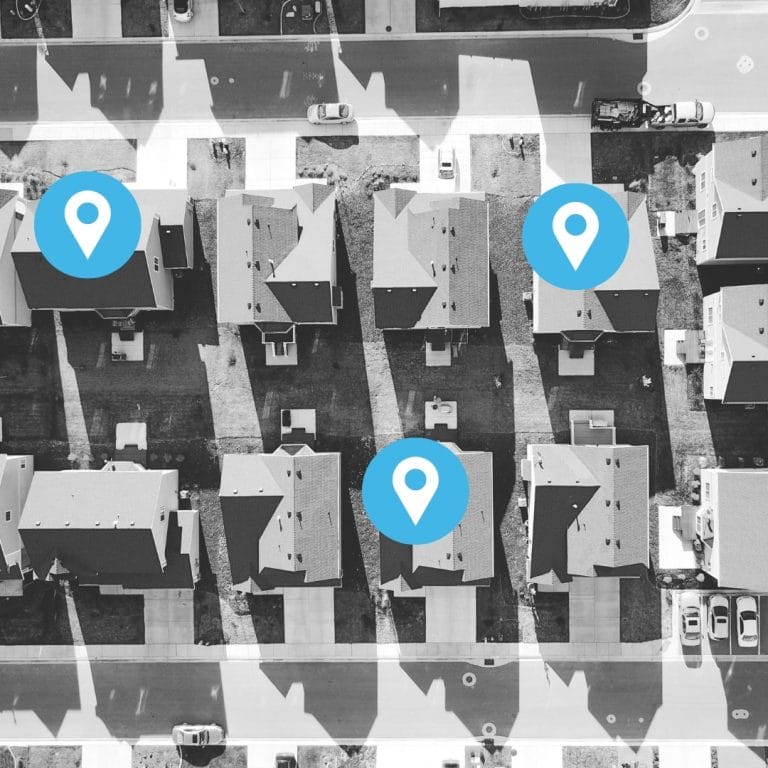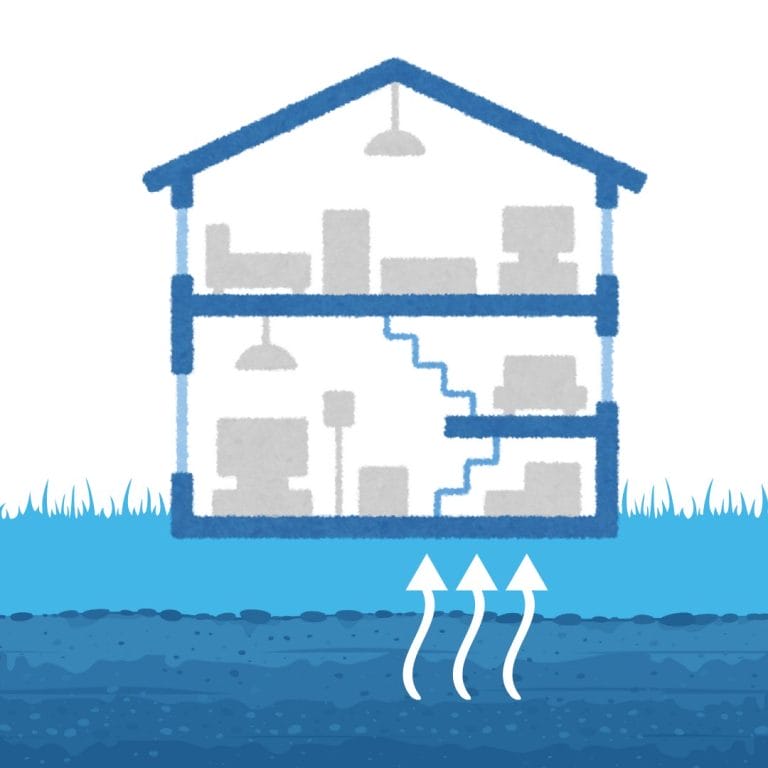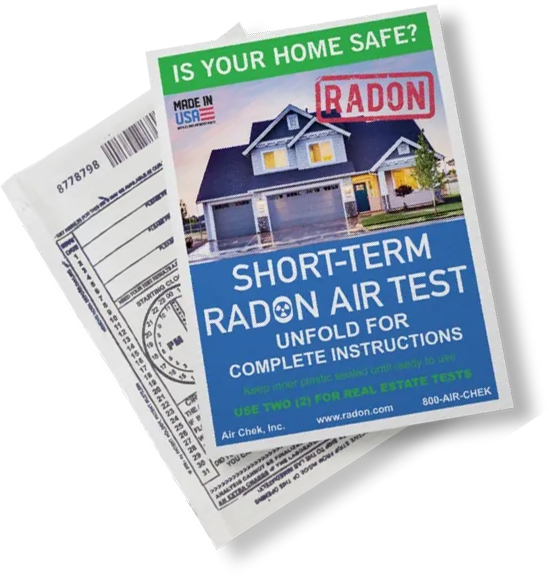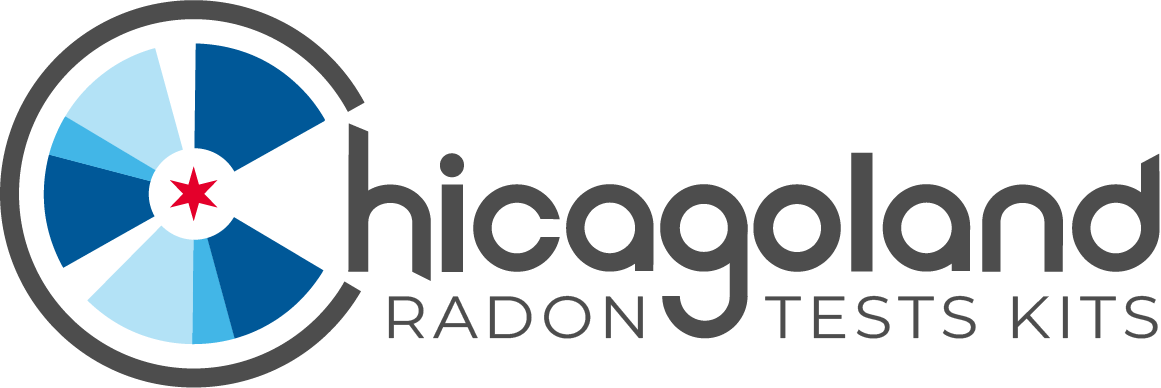World’s Most Used Radon Test Kit
Best price around for Chicagoland
A do-it-yourself radon test is renowned for accuracy and ease of use. Utilized over four million times in homes worldwide and by the American Lung Association. It’s one of the most cost-effective methods for checking radon levels, and it only takes a few days.
*Only Available in Northeast Illinois
Industry-leading
diy short-term radon test
No Surprise Lab Fees
Other kits might tack on up to $40 in extra lab fees—but not ours. Everything’s included in one low price.
Radon Testing Under $20
You won’t find a better deal. Reliable, accurate testing without breaking the bank.
Free Shipping to Your Door
We’ll ship the kit right to your home—fast and free.
Made Just for the Chicago area
This offer is only for folks in the Chicago area. If you’re in the city or surrounding ‘burbs, this is for you.
Quick Testing & Fast Results
The in-home test takes just a few days—and once the lab gets your kit, your results are ready in about a day.
Get Results Your Way
We’ll send your test results via mail, email, or even text—whatever works best for you.
The Process

You Receive your test in 2-3 Days

Place your kit for 4+ days

Fill out your card

Mail to lab in provided mailer

Get your results 1 day after it arrives
Il Department of Public Health & US EPA says:
Illinois Homes should be tested every two years
FAQs about Radon Testing
About Radioactive Radon

How Hazardous is Radon?
- Radon is the #2 cause of lung cancer—right after smoking.
- Over 1,100 people die from radon-related lung cancer every year in Illinois.
- All radon is radioactive—there’s no “safe” version of it.
- It damages the DNA in your lungs, and if your body makes a mistake while repairing it, it can lead to lung cancer.
- The longer you’re exposed, the higher the risk—it’s a slow, silent threat.

How Common is Radon?
- About 1 in 3 homes in the Chicago area test high for radon.
- Radon is deadlier in Illinois than carbon monoxide, house fires, asbestos, and lead in water—COMBINED.
- Any home can have radon—doesn’t matter how old it is, how it’s built, or where it’s located.

How Does Radon enter my home?
- It can enter homes by moving directly through concrete basement or crawlspace floors.
- Common entry points include floor cracks, gaps, and sump pump systems.
- Homes built on slabs (no basement or crawlspace) may have a higher risk of radon exposure.

What if my radon level is high?
- How it works: A radon system gently pulls radon gas from beneath your home’s foundation (usually through the gravel under your basement or slab) and vents it safely above your roof.
- Always on, always dependable: These systems run 24/7 to keep your home safe—and they’re built to last.
- What it costs: In the Chicago area, professional installation typically costs between $1,300 and $2,500, though prices can range from $1,100 up to $7,000 depending on your home’s layout.


RADON TEST KIT
FREE Shipping & No Lab Fees!
An industry-leading test available at a special price for ONLY Chicagoland residents.
Have Questions?
Contact us today for more information.
